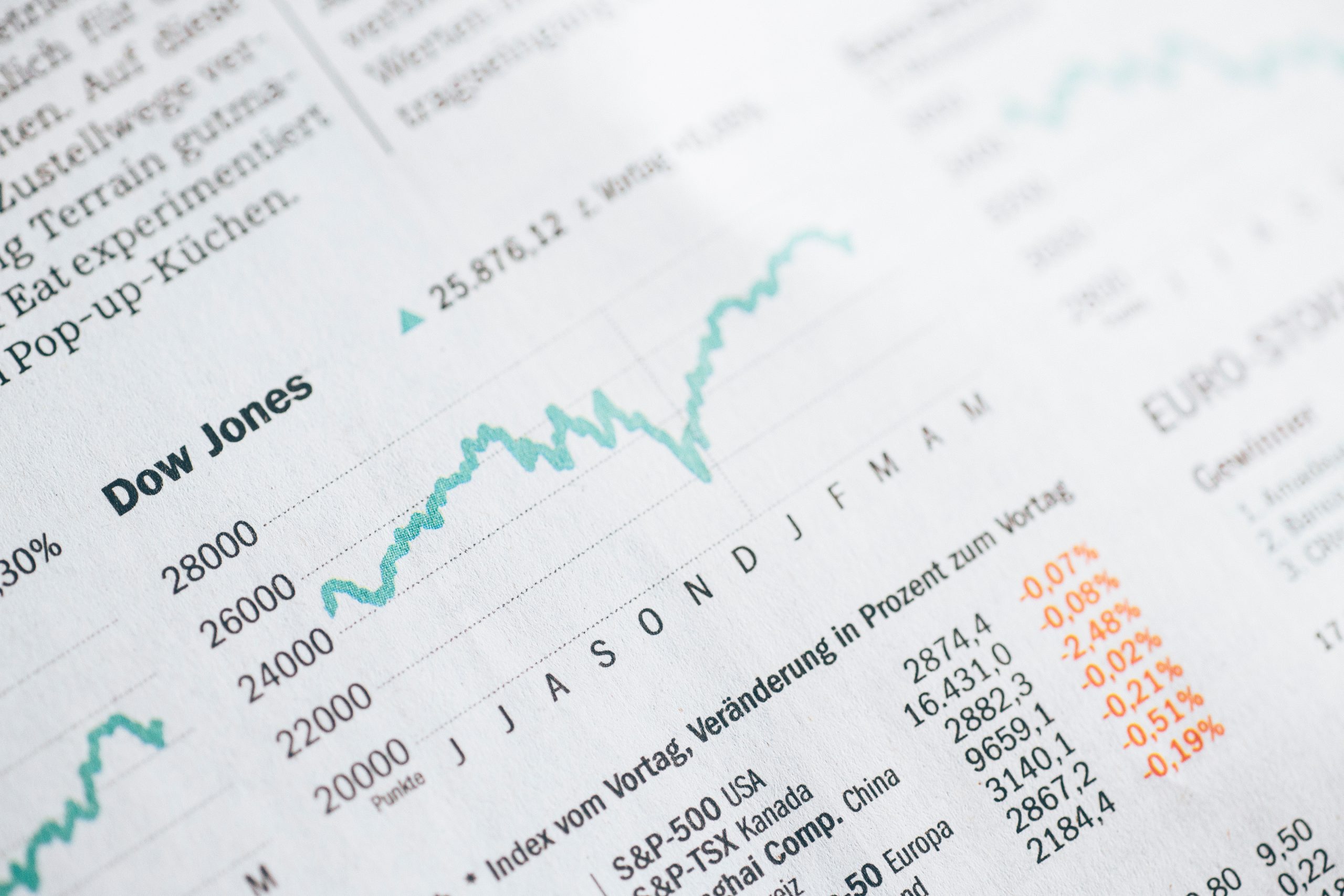Did you hear the latest? In its most recent meeting, the Federal Reserve Board cut…

What Goes Into Your Mortgage Rate? Many Factors
 A mortgage rate is like the time displayed on a digital wristwatch: You see a number, but you don’t see the complex calculations concealed beneath. Since August, mortgage rates have lingered near the lowest levels in three years — right around 4% APR, according to NerdWallet’s daily mortgage rate survey. The factors that determine the rates you’ll get are mostly beyond your control. But you have influence over some of the elements that determine your rate.
A mortgage rate is like the time displayed on a digital wristwatch: You see a number, but you don’t see the complex calculations concealed beneath. Since August, mortgage rates have lingered near the lowest levels in three years — right around 4% APR, according to NerdWallet’s daily mortgage rate survey. The factors that determine the rates you’ll get are mostly beyond your control. But you have influence over some of the elements that determine your rate.
Mortgage rate factors that you control
Lenders adjust mortgage rates depending on how risky they judge the loan to be. The riskier the loan, the higher the interest rate.
When judging risk, the lender considers how likely you are to fall behind on payments (or stop making payments altogether), and how much money the lender could lose if the loan goes bad. The major factors are credit score and loan-to-value ratio.
Credit score
The lowest and best conforming mortgage rates go to borrowers with credit scores of 740 or higher, according to loan pricing documents from Fannie Mae and Freddie Mac.
Interest rates tend to be a little higher for borrowers with credit scores of 700 to 739. For borrowers with credit scores from 620 to 699, mortgage rates are even higher. These borrowers might find it difficult or impossible to get high-amount jumbo loans.
With a credit score below 620, the interest rates are even higher, and options are fewer. Most of the loans available at this level are insured or guaranteed by the government.
Loan-to-value ratio
The loan-to-value ratio measures the mortgage amount compared with the home’s price or value. If you buy a house for $100,000, put $20,000 down and get an $80,000 mortgage, you’re borrowing 80% of the home’s value, so your loan-to-value ratio is 80%.
If your loan-to-value ratio is greater than 80%, it’s considered high, and it puts the lender at greater risk. This may result in a higher mortgage rate, especially when combined with a lower credit score. The loan will usually require mortgage insurance, too.
Other factors
Lenders may charge more for cash-out refinances, adjustable-rate mortgages and loans on manufactured homes, condominiums, second homes and investment properties because they are deemed riskier.
Mortgage rate factors beyond your control
The overall level of mortgage rates is set by market forces. Mortgage rates move up and down daily, based on the current and expected rates of inflation, unemployment and other economic indicators.
 Overall economy
Overall economy
Mortgage rates tend to rise when the outlook is for fast economic growth, higher inflation and a low unemployment rate. Mortgage rates tend to fall when the economy is slowing down, inflation is falling and the unemployment rate is rising.
These economic signs don’t point in the same direction at all times. During the long economic recovery after the Great Recession, the inflation rate stubbornly remained below the Federal Reserve’s target of 2%. Meanwhile, the economy kept growing, and the unemployment rate fell to its lowest level in about 50 years. Mortgage rates remained relatively low.
Inflation
Rising inflation is often accompanied by rising interest rates, because when prices go up, the dollar loses buying power. Lenders demand higher interest rates as compensation.
Low inflation over the past 10 years has contributed to low mortgage rates. The 30-year fixed-rate mortgage has lingered below 5% for most of the past decade, a historically low level. In Freddie Mac’s weekly survey, the 30-year fixed rate averaged 4.12% in the 10 years ending October 2019; it averaged 6.35% in the 10 years ending October 2009.
Job growth
Until around the time of the Great Recession, job growth signaled an expanding economy, higher wages and rising interest rates. Yet every month since October 2010 has had growth in the number of jobs, according to the Department of Labor, but economic growth has been inconsistent, weekly wage growth has remained muted and mortgage rates are still finding room to fall.
The connection to higher rates that job growth once had may no longer be as clear. However, the monthly employment survey is still one of the mortgage industry’s most-watched economic reports because “maximum employment” factors into each decision the Federal Reserve makes.
Other economic indicators
Mortgage investors pay attention to many economic trends besides inflation and employment — including retail sales, home sales, housing starts, corporate earnings and stock prices.
Federal Reserve
The Federal Reserve doesn’t set mortgage rates. The Fed raises and cuts short-term interest rates in reaction to broad movements in the economy. Mortgage rates rise and fall according to those same economic forces. Mortgage rates and Fed rates move independently of each other, but usually in the same direction.
Why lenders charge different rates
Mortgage rates aren’t the same from one lender to the next because lenders have different appetites for risk, dissimilar overhead costs and varying capacities during busy periods.
Because not every lender charges the same rate and fees, it’s smart to comparison-shop for a mortgage because you could save thousands of dollars over the life of the loan. And now that you understand how mortgage rates are determined, you’re more equipped to ask informed questions when you shop lenders.


